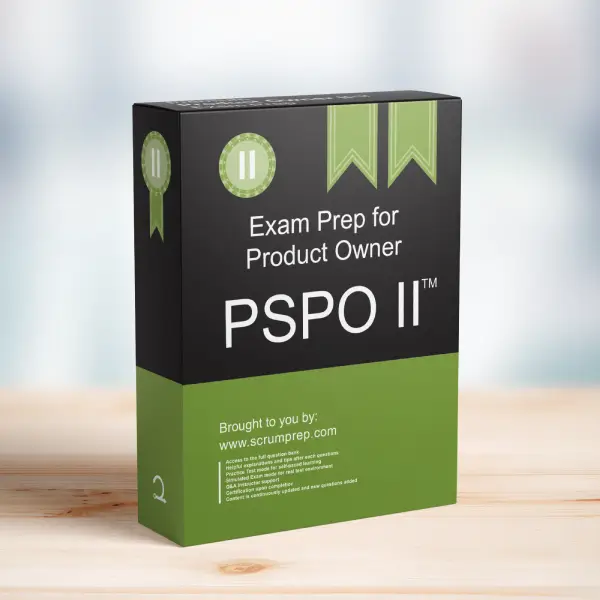Adapting the Product Backlog to Changing Environments
Understanding how to manage the Product Backlog in a dynamic environment is crucial for Product Owners. This article explores the impact of changes in the environment on the Product Backlog and the best practices for maintaining its relevance and value.
Exam Question
While under development, the environment in which a product will be used changes and emerges. What is the effect on the Product Backlog?
(choose the best answer)
A. The Product Backlog is archived and a new Product Backlog is created to take its place.
B. The requirements specification document, describing the Product Backlog items, must be updated to ensure stability.
C. There is no effect, because the Product Backlog must stay the same until the end of the project.
D. The Product Backlog evolves to reflect what the product needs to be most valuable.
Correct Answer
D. The Product Backlog evolves to reflect what the product needs to be most valuable.
Explanation
Correct Answer
D. The Product Backlog evolves to reflect what the product needs to be most valuable:
The Product Backlog is a living artifact that continuously evolves to incorporate changes in the environment, market, and user needs. This adaptability ensures that the product remains valuable and relevant, reflecting the most current understanding of what is needed to maximize value.
Incorrect Answers
A. The Product Backlog is archived and a new Product Backlog is created to take its place:
Archiving the Product Backlog and creating a new one is not practical. The Product Backlog is designed to evolve, not be replaced, ensuring continuity and adaptability.
B. The requirements specification document, describing the Product Backlog items, must be updated to ensure stability:
While documentation can support the Product Backlog, the focus should be on evolving the backlog itself rather than maintaining static requirements specifications.
C. There is no effect, because the Product Backlog must stay the same until the end of the project:
This is contrary to the principles of Scrum, which emphasize flexibility and responsiveness to change. The Product Backlog must adapt to new information and changing conditions.
Responsibilities in Scrum
- Product Owner: The Product Owner is responsible for continuously updating and refining the Product Backlog to ensure it reflects the most valuable work needed. This includes incorporating feedback, changes in the environment, and new insights.
- Scrum Master: The Scrum Master supports the Product Owner in maintaining a dynamic and adaptive Product Backlog, ensuring that the team understands the importance of responding to change.
- Developers: The Developers contribute to the evolution of the Product Backlog by providing technical insights and feedback on the feasibility and value of proposed backlog items.
Relevance to the PSPO II Exam
Understanding how to manage a dynamic Product Backlog is crucial for the PSPO II exam. This knowledge demonstrates a Product Owner’s ability to maintain a relevant and valuable backlog in a changing environment, ensuring the product continuously meets the needs of its users and stakeholders.
Key Takeaways
- The Product Backlog is a living artifact that evolves to reflect changes in the environment and market needs.
- The Product Owner is responsible for maintaining and updating the Product Backlog to ensure it remains valuable.
- Flexibility and responsiveness to change are core principles of Scrum, enabling the Product Backlog to adapt as needed.
Conclusion
A well-managed Product Backlog is crucial for the success of a product in a dynamic environment. By continuously evolving the Product Backlog to reflect current needs and insights, Product Owners can ensure that their product remains valuable and relevant. For more information on preparing for the PSPO II exam, visit our PSPO II Exam Prep.



